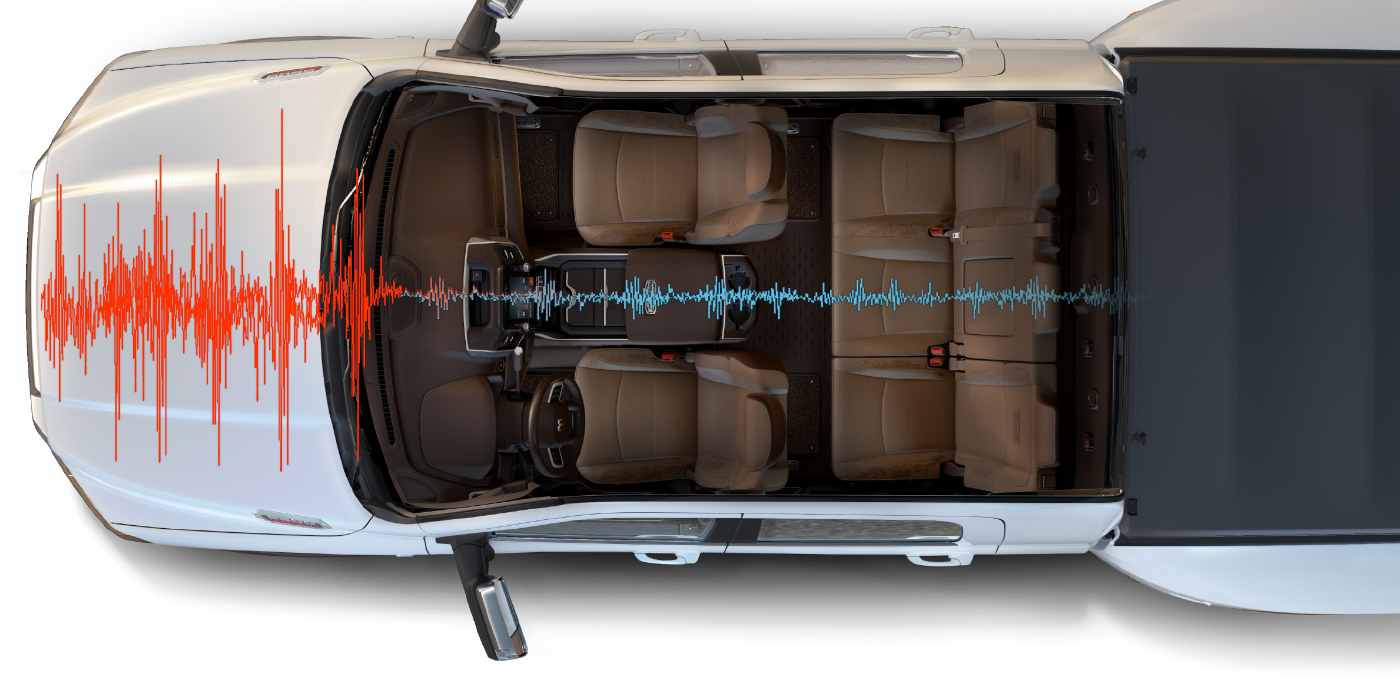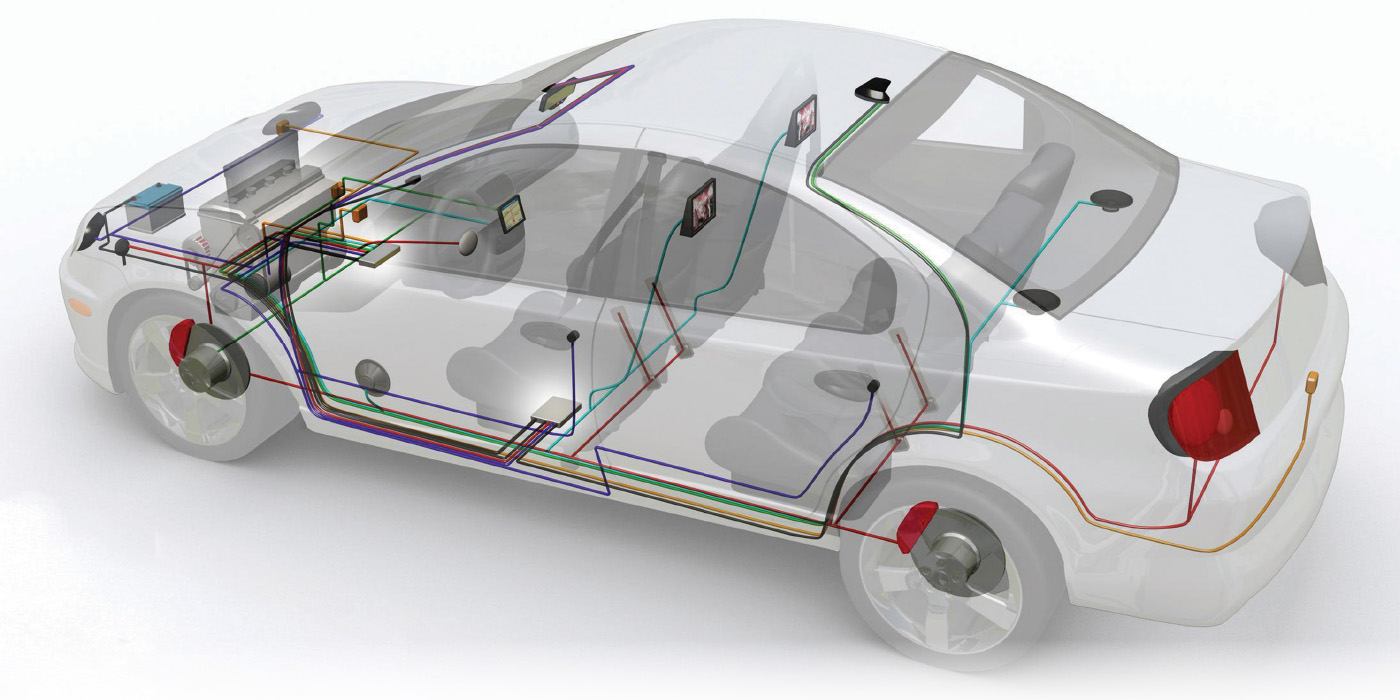One day we are fat, dumb and happy using a piece of wire with a 12-volt bulb on the end of it to test things with. Now we are faced with deciding between using the 10 meg-ohm computer safe test light, the power injector or a logic probe complete with polarity protection, audible alarm, light and 20-foot memory cord. Geeesh! How did things get so confusing so fast? Progress my boy! That is the root of our problem here! As the cars and systems have gotten more and more complicated, so have the tools and equipment needed to work on those cars. Today’s professional technician is expected to be able to understand electrical theory, electronics, physics, as well as understand and interpret readings from complex electrical test equipment. Add to that volts and amps and ohms…OH MY!
The good news is that there are some general classifications of electrical test equipment that can at least narrow down the choices to a more manageable number of tools to consider. There are generic system testers, there are specialty testers and there are diagnostic testers. These main three groups are a good starting place to think about the tools and equipment needed to test today’s modern automotive electrical systems.
Generic or general testers normally are designed to perform a range of tests or work on a variety of vehicles and systems. These testers might include such things as multimeters, battery load testers and voltage test lights. Again, the main thing about these tools is that they can work on different vehicles, and perform general tests on different systems.
This is the largest category of electrical testing tools and equipment. These tools provide the foundation for all the more complex testing that may be necessary later on. A technician will do well to start building his or her collection of tools here. The basics are still necessary even on the most complicated vehicles. The basics should include a 12-volt test light, a multimeter that is capable of performing a host of tests including the basics such as volts, amps AC and DC current measurement, diode testing, rpm, temperature and starter draw testing.
The meter should have overload protection via fuses, it should also be able to store min/max values on data, and meters that show a graphical representation are needed to perform many tests today. From here, a tech should consider a collection of ancillary items to support and complement the multimeter. These items might include an rpm inductive pickup, a K-style temperature probe and an amp clamp adapter (this allows for starter draw testing). Once these items are in place, make sure that the kit includes an assortment of test leads and extensions, back probes, clamps, etc. These items ensure that the technician can always hook his or her test equipment to whatever item is being tested.
Another incredibly powerful tool is a power injector. These tools allow the technician to provide power to a component for testing. Most of these units have a ground wire available directly next to the power source. These tools are some of the best productivity tools in the current technician’s toolbox. These tools have features such as lights, audible alarms and polarity indication.
Specialty Test Equipment
Specialty testers such as oxygen sensor testers, ABS wheel speed sensor testers and fuel injection signal testers are designed to do one specific test. These tools are indispensable for verifying a diagnosis prior to replacing an expensive component. Many of these testers aren’t used every day, but on those occasions where you really need it, you will be glad you have it.
Diagnostic Test Equipment
This is some of the most expensive, complicated and powerful equipment and tools that a technician can purchase. The true value of this equipment is in the description. Diagnostic test equipment will actually provide the user with possible answers or diagnosis of what might be wrong with a vehicle. These tools are different from other test equipment in that they usually have the ability to receive, interpret and analyze multiple sources of data input.
One example of diagnostic test equipment is the latest generation of battery testing equipment. These tools are incredibly complex, they are using microprocessors and, in some cases, are performing multiple tests at one time to verify the condition of a battery. The early battery testers placed a load on a battery and then the user was left with making a decision based on the analog results of that test.
Compare that with today’s testers, which are evaluating the battery on several levels including state of charge, voltage, amperage, percentage of life left, maximum potential power output and many other tests. This is just one example of a diagnostic tester used for electrical systems on today’s modern vehicles.
Regardless of a technician’s knowledge level, picking test tools is not an easy task. Many times the testers that are available today are so complicated that even the professional sales and tool people can’t always know all the features and benefits of a specific tool or piece or equipment. The best course of action in those cases is for the technician to contact the supplier directly to learn more about the tool before making a buying decision. Another great way to learn about test tools is by attending seminars and continuing education programs. These are opportunities for the tech to see, touch and use the tool in a relaxed environment.







